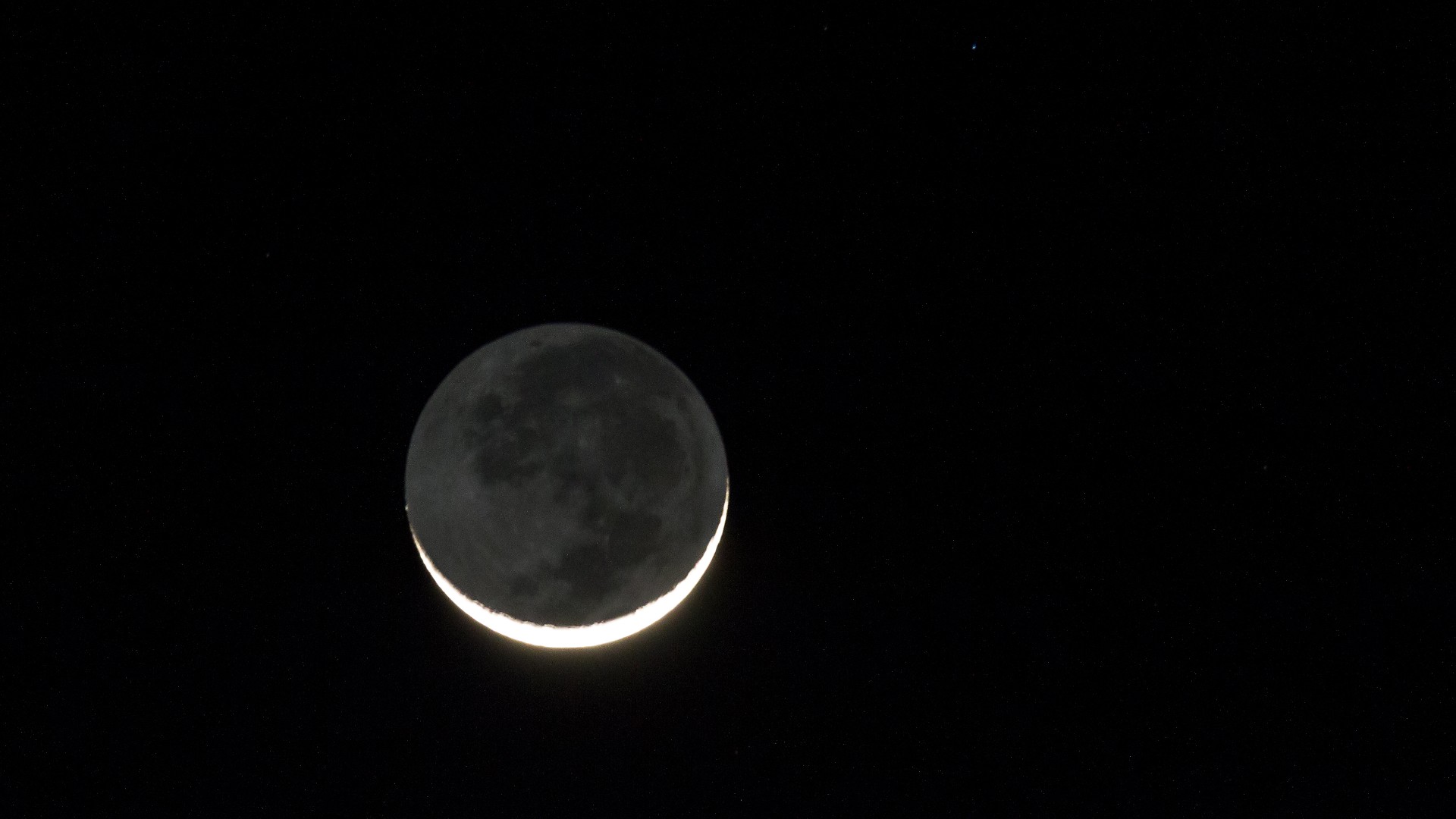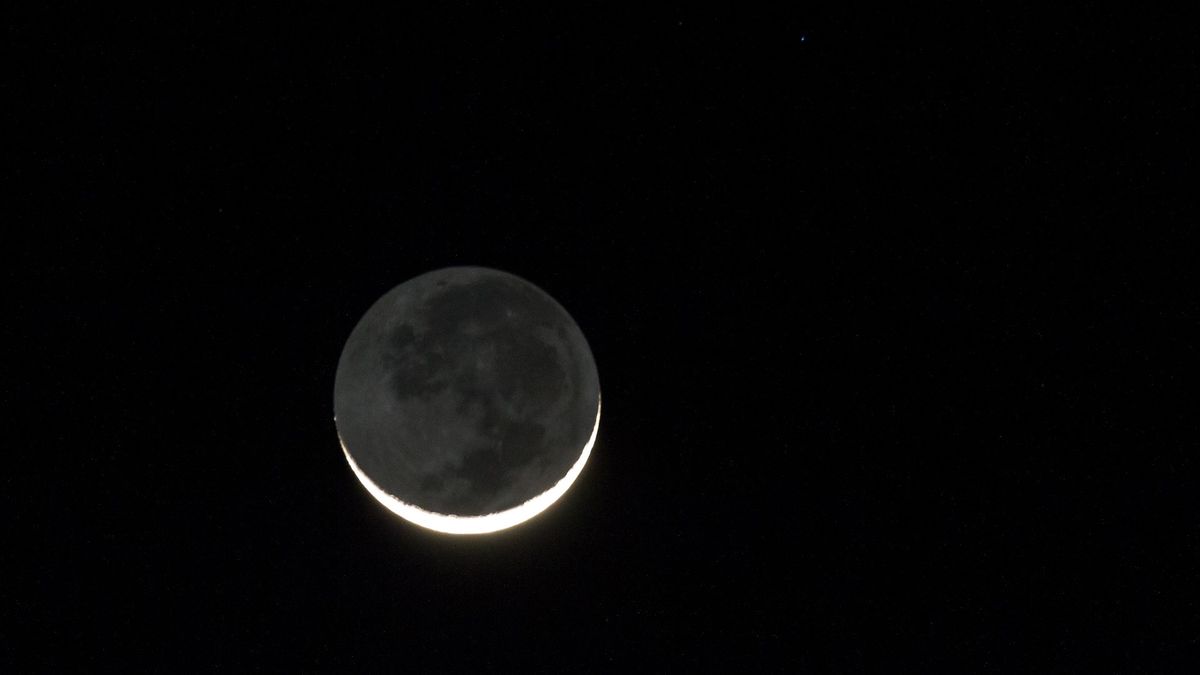
On Friday, May 19, the year’s only “black moon” will rise in the sky — and there will be precisely nothing to see. That’s because Earth’s natural satellite will drift right into the glare of the sun, signalling a new moon. So, why the mysterious name?
The term “black moon” has several meanings — none of them astronomical but all of which occur only once every few years.
The definition that best fits this month’s event is a “seasonal black moon” — the third new moon in a season with four new moons. That’s something that only happens every 33 months or so, according to Timeanddate.com (opens in new tab).
Each astronomical season on Earth begins and ends with a solstice and an equinox. This current season, spring in the Northern Hemisphere and fall in the Southern Hemisphere, began with the vernal equinox on March 20, 2023. Crucially, that was also the date of a new moon. As a new moon occurs every 29.5 days — the time it takes for the moon to complete one orbit of Earth — there’s plenty of time for three other new moons to occur before the summer solstice on June 21, 2023.
The new moon dates this season are: Tuesday, March 21; Thursday, April 20; Friday, May 19; and Sunday, June 18. That third new moon is this month’s “black moon.”
The term black moon is also used to describe other, separate lunar events. Just as a blue moon is the second full moon in the same calendar month — also made possible by the moon’s 29.5-day orbit of Earth — the second new moon in the same calendar month is sometimes called a black moon. That can happen about every 32 months, according to Almanac.com (opens in new tab).
Black moon can also be used to describe the rare occurrence of a month having either no new moon or no full moon, according to Timeanddate.com. That can only occur in February — the only month short enough to begin and end between two new moons or two full moons. That’s something that happens once every five to 10 years, according to Almanac.com.
Although a black moon isn’t something you can see because the part of the moon facing us is in shadow, it does mean the night skies are free of moonlight, making them perfect for stargazing. In the evenings after the new moon — on May 19, 20 and 21 — look to the west after sunset and you’ll see a slender crescent moon emerging after 2023’s only black moon.
Stay connected with us on social media platform for instant update click here to join our Twitter, & Facebook
We are now on Telegram. Click here to join our channel (@TechiUpdate) and stay updated with the latest Technology headlines.
For all the latest For Top Stories News Click Here

